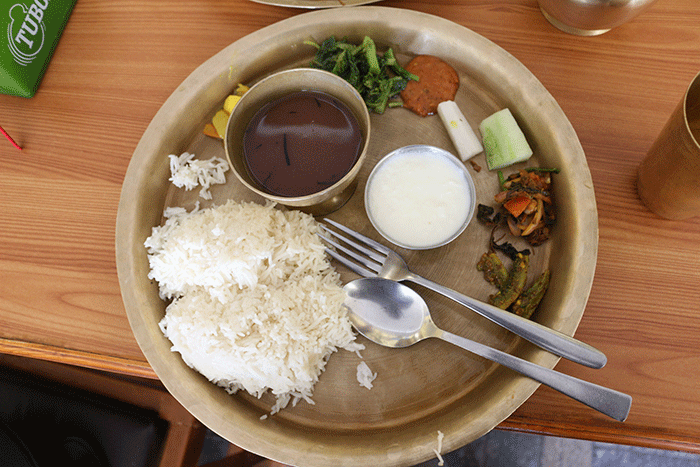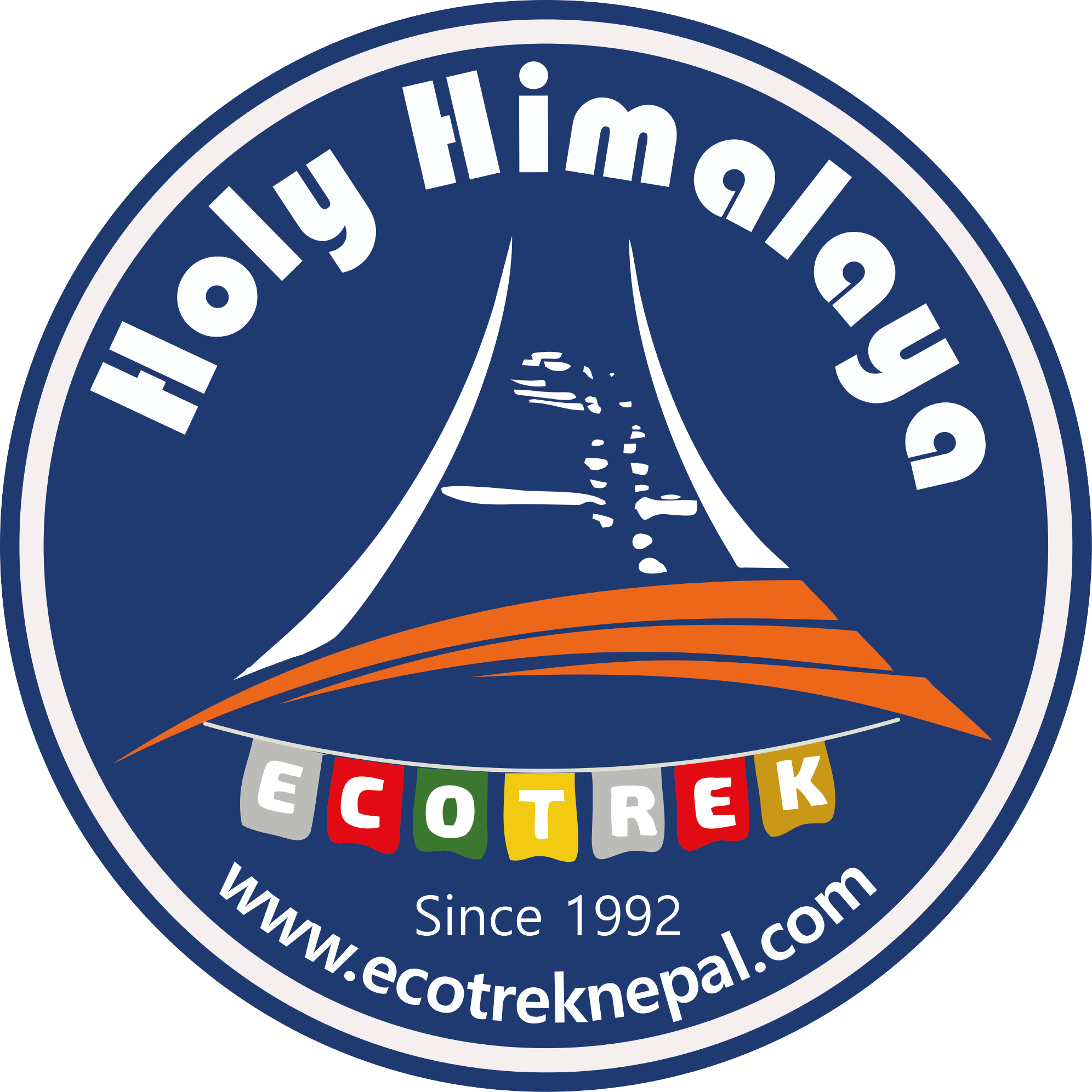Manaslu Circuit Trek is an adventurous journey that encircles the world’s 8th highest mountain, Manaslu, standing at an elevation of 8,156m. The trek takes you through the remote and less crowded trail, which is quieter and more peaceful, in comparison to other treks in Nepal. You’ll walk through Tibetan-style villages on ancient trails that were once used as a salt trading route with Tibet. The villages in the mountains have Tibetan cultural influences that offer a unique combination of Nepalese and Tibetan cultures and traditions. You can explore ancient monasteries, prayer flags, chortens, and prayer-carved mani walls. The trek offers you an opportunity to interact with the local people, exchanging cultures and traditions and immersing yourself in the mountain lifestyle.

It generally takes around 12 to 18 days to complete the entire circuit trek. This trek is famous for being untouched and pristine, with remote villages and authentic and unique Himalayan cultures and traditions in Nepal. You can see the Himalayan peaks, alpine forest, terraced fields, and high mountain passes throughout the journey. You can also witness the majestic Himalayan ranges, including Manaslu, Himalchuli, Ngadi Chuli, Cheo Himal, Himlung, Larke Peak, Annapurna II, and many other snow-capped peaks.

Best Season
The best time for the Manaslu Circuit trek is from March to May (spring) and September to November (autumn). The skies are clearer in this season with stable weather and a moderate temperature, making the trek even more pleasant with amazing and unobstructed views. Though in spring or autumn, always be prepared for lower temperatures in the higher altitudes and even the possibility of occasional rain or snowfall.

Trekking Permits
You will require three permits for the Manaslu Circuit Trek. The first one is the Manaslu Restricted Area Permit (RAP). This permit is needed between Jagat and Dharapani. It will cost you $100 per week from September to November for 7 days and an extra $15 for each additional day.
The cost of RAP is $75 per week in December, as it is the off-season for trekking. $10 is charged for every additional day.
The second permit you need is the Manaslu Conservation Area Permit (MCAP). It will cost you 3000 NPR per person, and only local currency is accepted for this permit. This permit helps to protect the ecosystem of the area and improve the lives of local people.
The last one is the Annapurna Conservation Area Permit (ACAP), since the Manaslu circuit crosses into the Annapurna Conservation Area. This permit costs 3000 NPR per person, and only local currency is accepted.
You can get your permits from the Nepal Tourism Board either by yourself or by having your guide or travel agency do it for you. The permits require your passport and two passport-ized photographs.
Accommodation
There are tea houses and lodges throughout the trekking routes that offer basic accommodation and meals. You can get twin-sharing rooms in the tea houses and lodges. They also provide showers and electricity, but you’ll have to pay for it as you ascend to the elevation, and the charges also go up as you climb higher. The teahouses will have shared bathrooms in both western style and squad commode.

Foods and Drinks
There are varieties of foods you can have throughout the trek, from Dal Bhat to soups, pasta dishes, and various fried rice dishes for the meal, that cost around 500–800 NPR for a meal. You can have porridge, pancakes, omelets, boiled eggs, and various breads for breakfast, which will cost between 400 and 600 NPR.
There are a wide range of drink options you can have in the mountains, from regular black tea and coffee to masala tea, lemon ginger honey tea, and hot chocolate. The prices range from 50 to 250 NPR per cup, depending on the altitude and the drink ordered.

Physical Fitness and Altitude Sickness
If you are in good shape and can walk for a couple of hours without feeling utterly exhausted, you can do the trek. It will be a little tough for people who have never done a high-altitude trek, but with thorough preparation, optimal training, and a meticulous plan, even a first-time trekker can successfully complete the Manaslu Circuit trek.
Altitude sickness is a risk on this trek when crossing the high passes. To mitigate altitude sickness, always take your trek nice and slow with adequate acclimatization, eat enough, have enough sleep, and drink enough water. Take medicines like Diamox if needed, but consult your home doctor or physician before using any such medicines.
Descend to a lower altitude if you experience strong symptoms of altitude sickness like excessive headaches, nausea, dizziness, shortness of breath, and uneasiness in the body. Take a good rest in a warm environment, and if you don’t get better even after acclimatization and days of rest, call for medical attention.

Guides and Porters
You are not allowed to travel alone in this region, so having a guide is a must if you are alone. You can get yourself a guide that costs you $20–$30 per day. They will speak proper English and will have knowledge about almost everything in the region. They will not only give you directions but also share interesting facts about the place, including its cultural and religious importance.
If you don’t want to trek with a heavy load on your shoulders, the easiest way is to hire a porter. Porters can carry up to 30 kg maximum, but less is better, and will cost you $18–25 per day. You can share a porter with two trekkers.

Electronics and Connectivity
WiFi is increasingly available at guesthouses throughout the trek but comes with a charge depending on what altitude you are at, and gives patchy coverage. You can use local SIM cards, either NCELL or NTC, when trekking, but NTC has better phone signal and data connection on the Manaslu Circuit trek.
Charging batteries are freely available for the first couple of days, but this doesn’t last long. After you ascend to a higher elevation, it will cost you NPR 200 and more to charge your electronics, depending on the device you want to charge.
Therefore, Manaslu Circuit Trek is a beautiful trail if you plan properly, prepare yourself, and respect the environment and local cultures and traditions. It is undoubtedly one of the best treks in Nepal, offering an unforgettable journey through the heart of the Himalayas. It offers every aspect of attraction, from nature to culture and traditions, making it a journey that will be cherished for life.









